Research on the Integration of Traditional Martial Arts Skill Training with Sanda Training
DOI: 10.23977/jhms.2024.050303 | Downloads: 19 | Views: 1008
Author(s)
Ran Huang 1
Affiliation(s)
1 Physical Education, Emilio Aguinaldo College, Manila, 1007, Philippines
Corresponding Author
Ran HuangABSTRACT
In the current field of Sanda training, it can be observed that the traditional martial arts training model is gradually gaining wider application and development. This trend has led to the emergence of diversified training methods based on traditional martial arts training models, enriching the content and forms of Sanda training. There are significant differences between traditional martial arts training and Sanda training, yet they are intricately connected. As a result, many coaches have begun to boldly experiment with incorporating traditional martial arts training models into Sanda training. This exploration not only helps enhance the overall quality of the trainees but also allows for better inheritance and promotion of traditional martial arts elements within modern Sanda training. This article aims to delve into the value of integrating traditional martial arts training models into Sanda training and to explore their positive impact on improving training effectiveness. Additionally, we propose corresponding training methods to provide new ideas and perspectives for Sanda training, assisting coaches and trainees in applying them flexibly in practical training, thereby advancing the sport of Sanda to a higher level. Through this approach, we can both tap into the profound cultural heritage of traditional martial arts and meet the practical needs of modern Sanda training, finding a better balance between inheritance and innovation.
KEYWORDS
Traditional martial arts, training models, Sanda sportsCITE THIS PAPER
Ran Huang, Research on the Integration of Traditional Martial Arts Skill Training with Sanda Training. Journal of Human Movement Science (2024) Vol. 5: 16-20. DOI: http://dx.doi.org/10.23977/jhms.2024.050303.
REFERENCES
[1] Chen Siqi. Research on the Development of Wushu Sanda in New China [D]. Shandong Institute of Physical Education, 2021.
[2] Lei Z, Lv W. Feature Extraction‐Based Fitness Characteristics and Kinesiology of Wushu Sanda Athletes in University Analysis [J]. Mathematical Problems in Engineering, 2022, 2022(1): 5286730.
[3] Wang Z, Liu Y, Zhang S. Multisensor data fusion system for wushu sanda teaching in higher education institutions[J]. Wireless Communications and Mobile Computing, 2022, 2022(1): 6144744.
[4] Xu B. [Retracted] Computer Wushu Sanda Teaching Mode of "Teaching by Competition and Training"[J]. Mobile Information Systems, 2022, 2022(1): 4758758.
[5] Ying L. Optimizing Performance in Wushu Sanda: The Combined Influence of Mental Preparation and Physical Training on Competition Success [J]. International Journal of Education and Humanities, 2024, 16(1): 242-246.
[6] Ren Y. Training fatigue and recovery of Wushu Sanda athletes based on comprehensive environmental testing[J]. Applied Mathematics and Nonlinear Sciences, 2022, 8(2): 845-856.
| Downloads: | 3559 |
|---|---|
| Visits: | 209819 |
Sponsors, Associates, and Links
-
Journal of Language Testing & Assessment
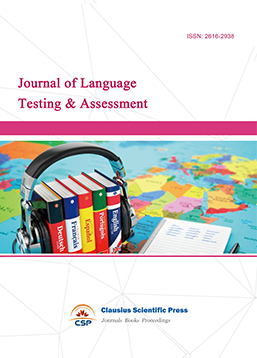
-
Information and Knowledge Management

-
Military and Armament Science

-
Media and Communication Research

-
Art and Performance Letters

-
Lecture Notes on History
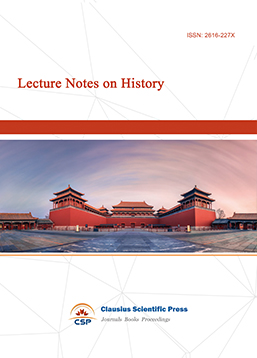
-
Lecture Notes on Language and Literature
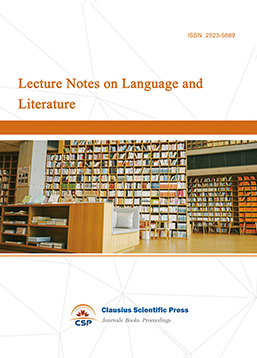
-
Philosophy Journal
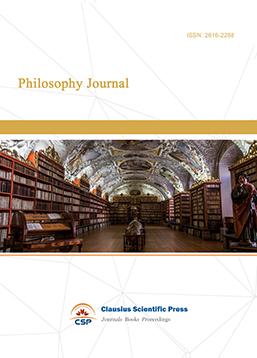
-
Science of Law Journal

-
Journal of Political Science Research
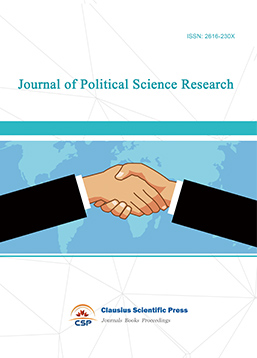
-
Journal of Sociology and Ethnology
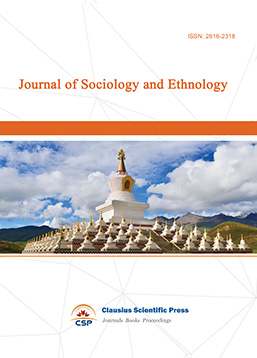
-
Advances in Broadcasting


 Download as PDF
Download as PDF